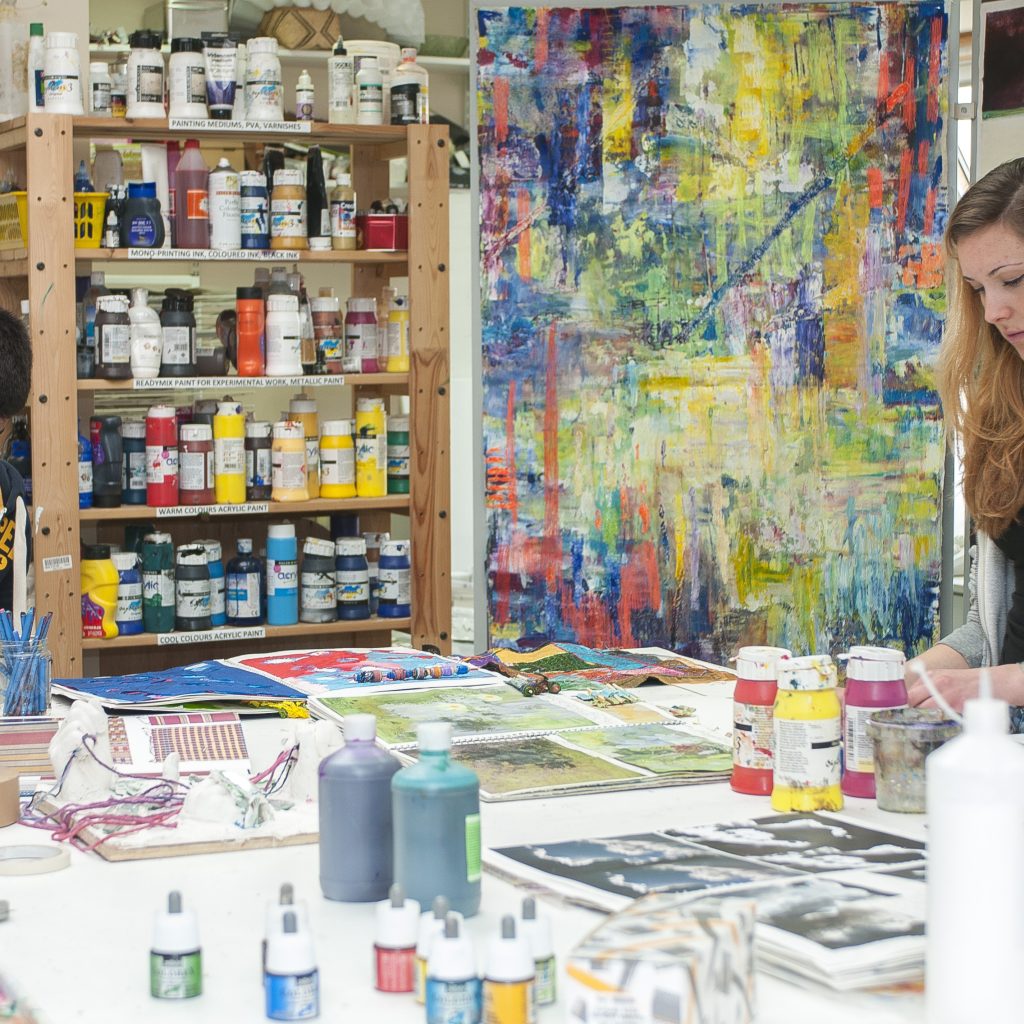“Fashion bros” are a lot of things.
Misogynistic, slightly delusional, and if you meet the right ones, actually fashionable.
They’re also influential. And they will continue to have a say in which brands get propelled to the centre. But how did we get here? How did we get to this point, and why are other brands ignored by these obnoxious men while others continue to be praised?
Loewe is a brand that your mum probably knows; Loewe is also a brand that gets any head under 40 cocking like a golden retriever while they ask themselves, “who?” And they wouldn’t be to blame. Loewe’s appeal, therefore, clearly does not come from its name, but rather the quality. Why would a bag that is vaguely shaped like a crescent moon cost £1,822? The answer is in the satin and calfskin. Seriously. This bag is made out of satin and calfskin. I won’t say “but that’s not the point here,” because in Loewe’s case, it really is.
While the designs of the products are definitely a little out of the ordinary — my personal favourite is the XL Flamenco clutch in shearling — the use of materials like calfskin, vintage denim or lambskin is what makes Loewe the brand that your mother knows and loves.
Unfortunately, this is also what kills Loewe’s popularity: you’ll appreciate them if you can appreciate material. If not, you’re not their audience. You’re alienated, and the people hate being alienated.
It may seem as though adding Chanel to the list of the brands for comparison is unfair, especially at this early stage. Unlike the others, Chanel is not unisex, Chanel is feminine, and Chanel designs outfits, not pieces.
And I will admit, there are times where I include things without reason, but this is not one of those times. Chanel has been included because Chanel can design. Take the 33rd look from this year’s Cruise collection; anyone that has browsed the fashion/model side of Pinterest even once can tell that this was Chanel’s work. Unfortunately, what I personally believe is their greatest quality has also become their greatest hindrance.
Earlier, I stated that the man who is into fashion is often misogynistic, and in addition, only likes to teeter a little over the edge of traditional masculine clothing; the ‘Rick Owens grilled platform heel’ being an example. Chanel is and will always be too feminine for them, and as the designer circle is influenced by them, Chanel may not see as much light as their more masculine counterparts.
So the natural progression of designer brands should follow in the footsteps of Chanel and Loewe; they should become more stylised, more distinctive and more recognisable over time. The key word here is “should”, because although this path would make the most sense, brands like Balenciaga, Rick Owens, and Margiela have taken different routes.
Balenciaga and Rick Owens have taken the direction of using the name itself rather than the design to pedal and sometimes justify the costs of their products. This Rick Owens grey jacket costs £2,394.
The problem isn’t the cost, after all, the blazer alone from Chanel’s cruise collection pictured above costs roughly £8,000. The problem is that the only reason it costs this much is because, well, it’s a Rick Owens jacket. If that’s not enough of a reason for you to drop nearly 3 grand, prepared to be mauled alive by the young boys who flock to this brand like birds, while they scream “No, you just can’t see the vision,” the vision being a strangely designed item with barely any difference to its predecessor (Balenciaga) and no list of the materials used to justify this cost. The vision is Rick Owens, and that has to be enough for you.
Margiela has taken this route too, except there are no wild advertising moves like other brands have taken, and there aren’t any strange design choices like Balenciaga and Rick Owens would make. This “Work In Progress” sweater is something your father bought for less than the £670 Margiela is selling it for.
This is why I consider Margiela to be the worst brand in existence. They sell regular items that belong in an H&M for more than they need to be sold for, and they can do this; they will continue to do this because they are Margiela.
This is not to say that there aren’t brands that can turn this bleak, “gorpcore” path we’re hurtling down. Telfar’s bags are cute, colourful, and black owned, working with Ugg and Eastpak to create apparel and adorable shopping bags. Babyphat, even though its hype did dwindle for a while, is making a comeback with their latest collaboration with Puma. Oftentimes too much of one thing can lead to a decrease in its popularity, so let’s hope that Margiela doesn’t stop creating any time soon.
By Sade Smith, student



